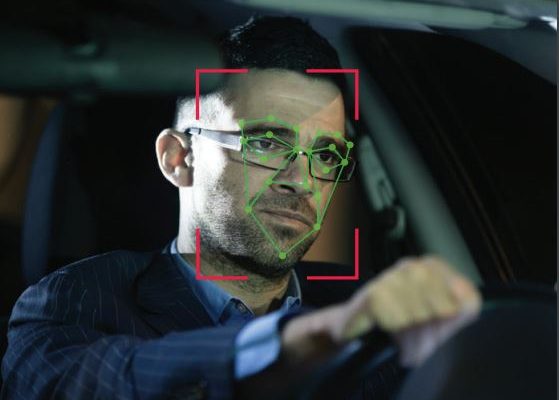It is possible that fleet drivers could actively avoid using a vehicle’s autonomous features unless organizations and regulators take into account where the driving is taking place.
That’s the opinion of Vishal Singh, co-founder and president of Zenduit which specializes in driver monitoring in-cab monitoring camera systems. While he believes the impact of AI on driver monitoring will advance the use of the technology as an aid to fleet managers assessing their drivers’ safety standards.
However, Singh admitted that boredom while using autonomous functions can quickly set in. He admitted: “I drive an hour and 15 minutes on my commute driving on a straight highway and it is easy to get tired and bored while driving a Tesla with its autonomous features.”
Similar conclusions over motorists’ trust of driverless technology were drawn following experiments by Volvo during closed-roads testing of fully autonomous vehicles. These revealed that consumers, trying the technology for the first time, quickly became bored of the experience. Ultimately, they were happy to conduct other functions, such as reading books or magazines, while paying no attention whatsoever to the road ahead.
Singh agreed that an escalation of driver monitoring could see fleet drivers avoid using autonomous functions, which were initially intended to promote safety, fearing the greater risk of recording poor distraction readings by the in-cab monitoring could see them being penalized. He suggests that, when the technology is rolled-out in greater numbers, both regulators and fleet managers should take into account where the distraction is taking place.
He explained: “The governments need to take into account where the fleet driver is driving. In the city a lot more is going on whereas on the highway there’s less chance of anything going wrong. So enabling autonomous driving dependent on the mode of driving and where you are driving will become important. If the road has few accidents, can we allow a level of distraction? That’s a good question to ask.”
Monitoring distraction
Singh believes AI will be a game-changer in terms of honing in-cabin driver monitoring for the fleet manager. He said: “AI allows driver monitoring and here the crucial area is monitoring the driver through facial expression. These include the driver’s attentiveness to the road, whether they are looking left or right or just downwards. This is something all fleet managers care about in terms of preventing accidents.
“Right now distraction is more prevalent than ever because fleet drivers have lots of different things going on all the time plus their own personal cell phones. So, one of the things we’re looking at when they are not looking at the road, we capture those types of alerts. We are doing a lot of image selection and machine learning, capturing all the facial expressions. Then we evaluate the accuracy of the data to improve the predictability of the AI engines and uploading it to improve these engines.”
He thinks that the interaction of AI with the driver’s habits and even emotions could help pave the way to the quicker adoption of fully driverless vehicles. Singh said: “For autonomous driving to be successful there needs to be confidence in it. That’s why governments have allowed driverless functions on the road but need to know that the driver is attending to what’s happening on the road. That’s why their hands have to still be on the steering wheel.
“Yet even that is not enough if the driver is not looking at the road. Here the monitoring camera will play a vital role in making sure the driver has attention on the road. Of course, the AI working on the facial expressions will also have to improve to allow autonomous driving to be successful. With facial expressions, you also have to look at things like fatigue, the emotional levels of the driver such as anger and these are measurements that can all be taken and put through AI engines.”
— Paul Myles is a seasoned automotive journalist based in London. Follow him on Twitter @Paulmyles_
by Paul Myles
Source: https://www.tu-auto.com
CUT COTS OF THE FLEET WITH OUR AUDIT PROGRAM
The audit is a key tool to know the overall status and provide the analysis, the assessment, the advice, the suggestions and the actions to take in order to cut costs and increase the efficiency and efficacy of the fleet. We propose the following fleet management audit.




